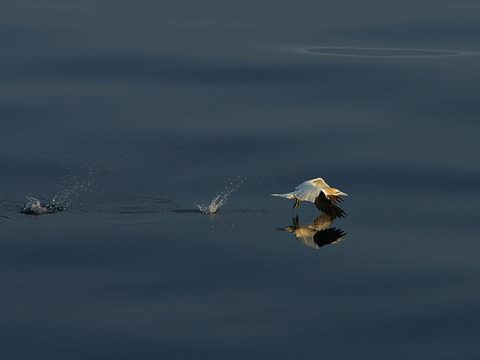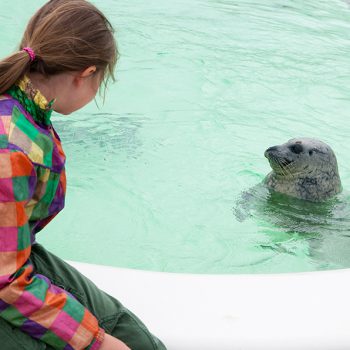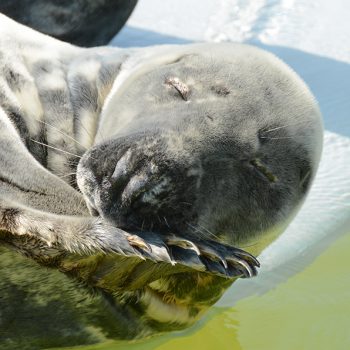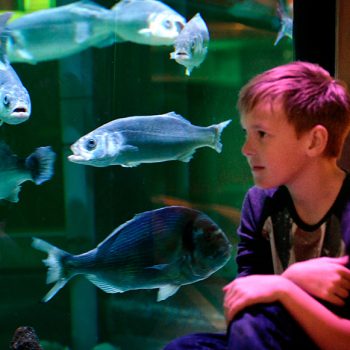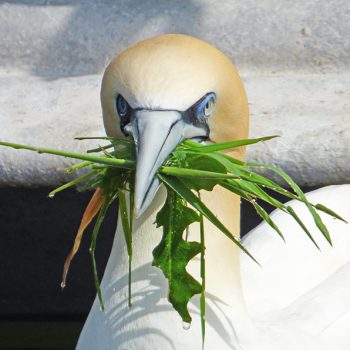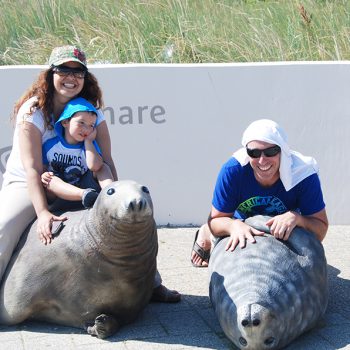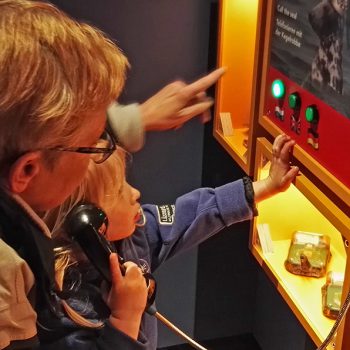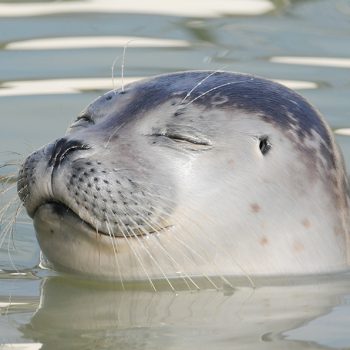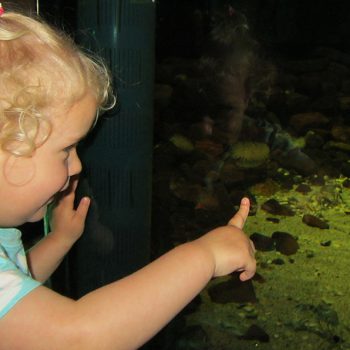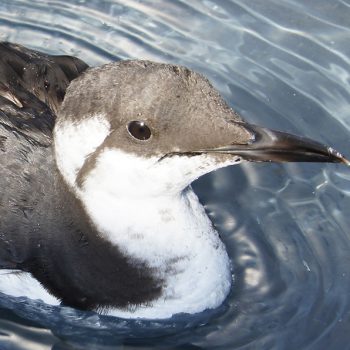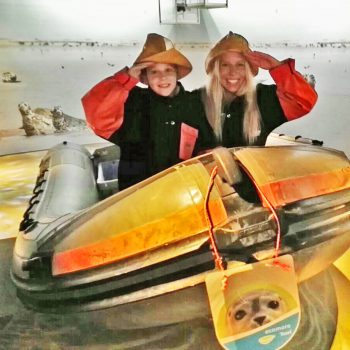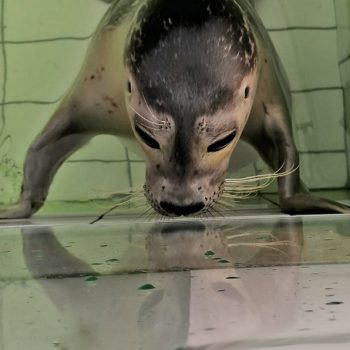Guillemots are true seabirds. They only come on land to breed. They forage for food from the surface by sticking their head underwater and search for a tasty fish, such as sprat and lesser sandeel. Guillemots are excellent divers, easily swimming down to 180 meters. Under water, they swim just like penguins, using their wings. That is why their feathers and wings are very short and strong.
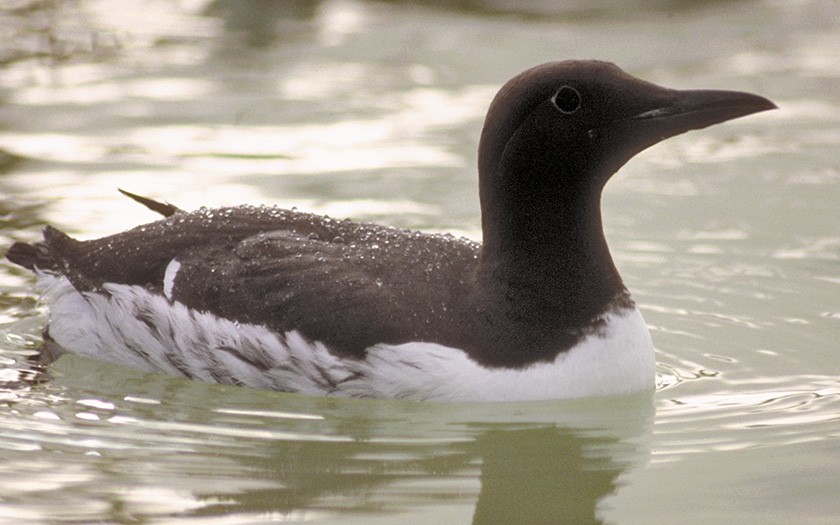
Oil pollution and guillemots
Because guillemots spend most of their lives at sea and dive for their food, they are very sensitive to oil pollution. Every winter, large numbers of dead guillemot wash ashore on the Dutch coast. Only a small number reach the beach alive. Around half of them can be cleansed and rehabilitated in special bird sanctuaries. The other half is too sick and dies. In 2009, guillemots with an unknown sticky material on their feathers washed ashore. The feathers and the wings were stuck together so badly that the birds could no longer move and died. It is still unknown what the material was, but rinsing remnants from a chemical tanker were probably responsible. The loading tanks must be rinsed clean before a new load can be transported. This occurs often in open sea, with serious consequences for seabirds.
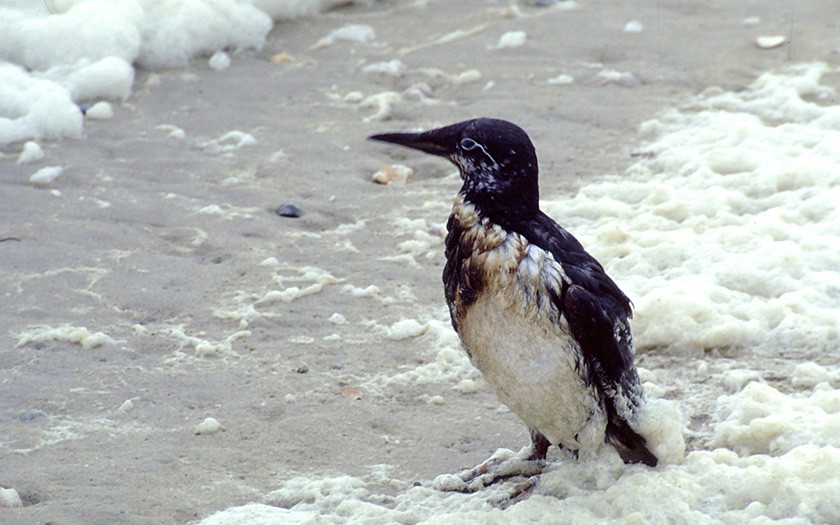
Guillemots and artistic eggs
Guillemots breed in large colonies on cliff coasts. Their nests are so close together, there can be up to 20 pairs occupying one square meter during peak season! They do not make a nest: the single egg is laid on a narrow rock ledge. The egg is shaped in such a way that it circles around its top and doesn’t roll off the cliff. Every egg has a different color and pattern, so the parents are able to recognize their own egg.
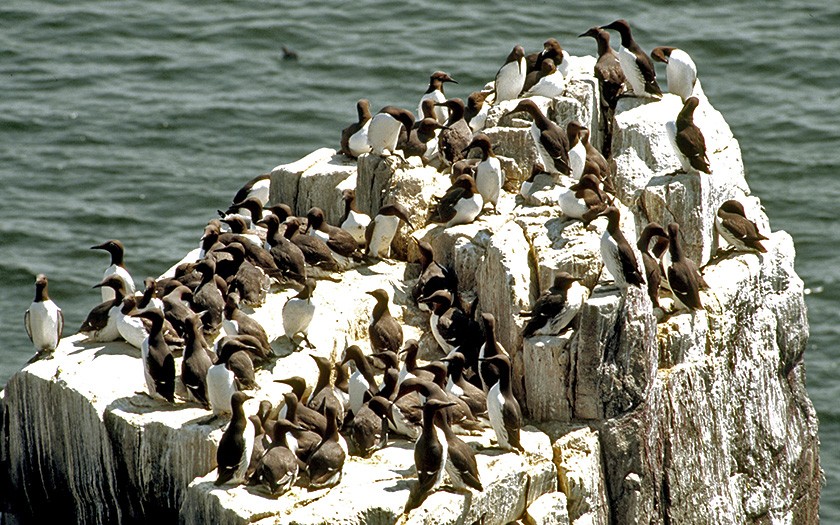
All a guillemot needs is love
The only time in the year that guillemots are on land is during the breeding season. You then find them squished together, nesting on narrow ridges of steep rocky cliffs. They stand shoulder to shoulder with their egg held between their legs. You see no pushing, pulling or pecking. Guillemots breed in the same place year after year, just like their neighbors. They know the other guillemots on their ridge through and through. According to Tim Birkhead, animal behviorist and writer, the tolerance for such closeness comes from love. “Guillemots are monogamous. After a winter of wandering over sea, they are clearly happy to see each other again. They are full of love which they have no problem sharing with their neighbors.”
Distribution and habitat of guillemots
Guillemots nest on islands in the Atlantic Ocean and rocky coasts on the mainland of the western coast of England, Iceland and Norway. In the winter, they also swim to the southern North Sea to forage for food.
Guillemots spotted in the North Sea
In the autumn and winter, 2% (more than 130,000) of the total guillemot population is found in the Dutch North Sea. One of their favorite place is the Frisian Front, north of the Wadden Islands, where there is lots of food to be found. Because the Frisian Front is a very significant area for guillemots, it has been designated as a protected nature area in the North Sea.
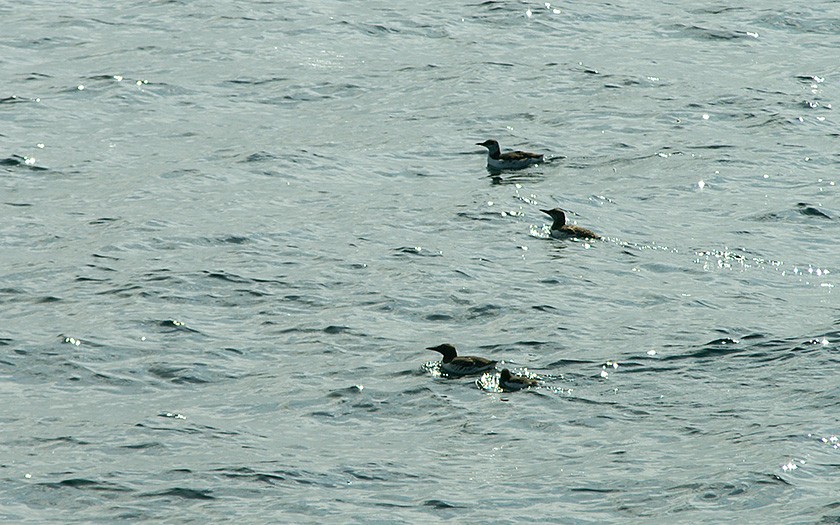
Facts about guillemots
- size:
length: 38-45 centimeters
wingspan: 64-73 centimeters
- weight:
690 grams
- color:
black/brown and white
- age:
maximum 31 years
- food:
mostly fish, sometimes worms and small crustaceans
- movement:
flying and swimming, doesn’t walk well
- enemies:
oil spills at sea
- reproduction:
maturity: age 5
number of eggs per nest: 1
Names
- Dut: Zeekoet
- Eng: Guillemot
- Fre: Guillemot de Troil
- Ger: Trottellumme
- Dan: Lomvie
- Nor: Lomvi
- Fries: Skoet
- Ital: Uria
- Lat: Uria aalge
